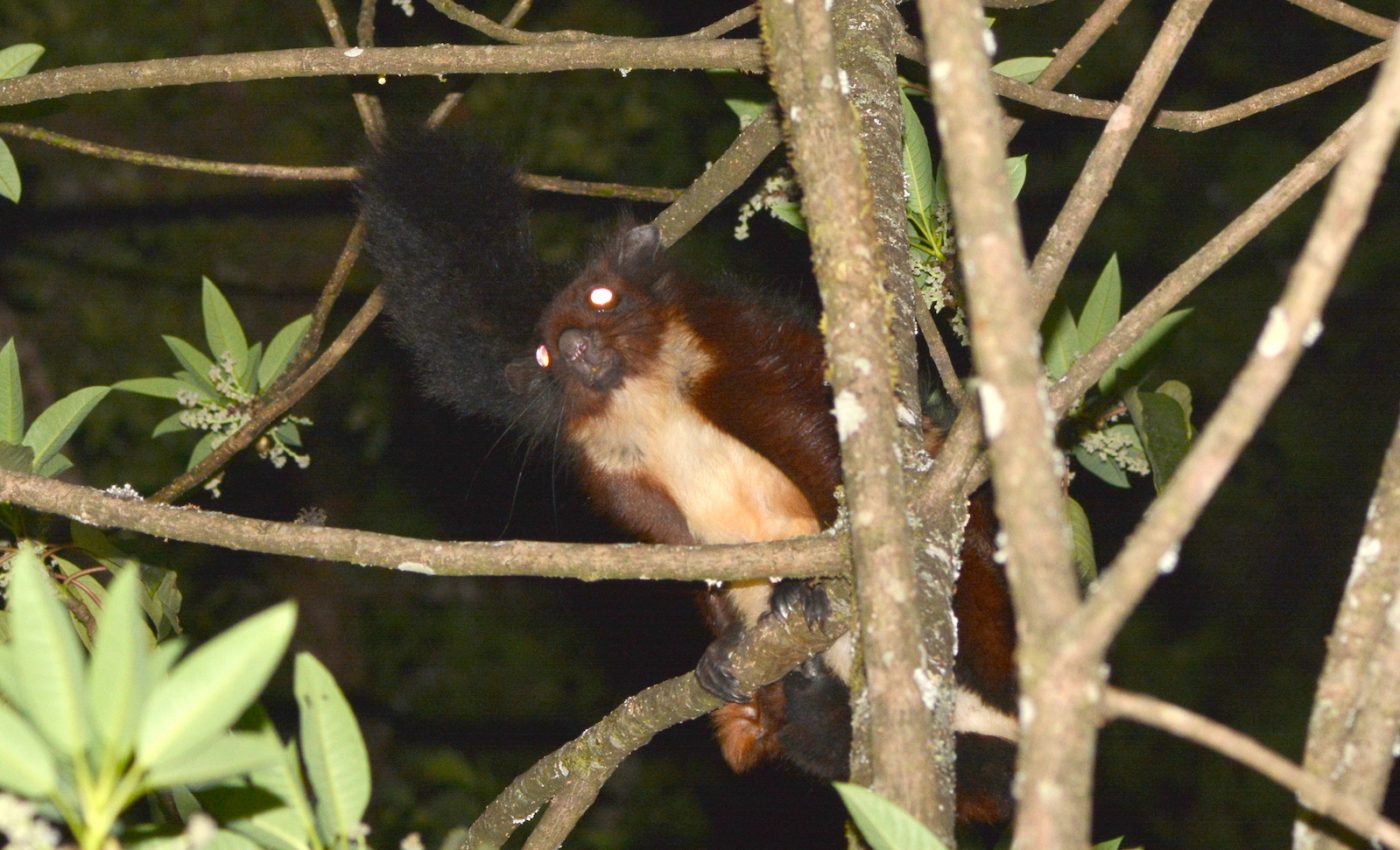
Meet the newest species from an extremely rare flying squirrel family
A single specimen of the Namdapha flying squirrel was found in Northeast India in 1981. Another species, the Laotian giant flying squirrel, was also described by a single specimen in 2013. Both of these species belong to the genus Biswamoyopterus, which is regarded as the most mysterious family of flying squirrels.
In 2018, a flying squirrel thought to belong to the rare group was unexpectedly found in the collections of the Kunming Institute of Zoology (KIZ) by paleoecology expert Quan Li. The specimen had been collected from Mount Gaoligong in Southwest China.
The individual was initially classified as a Namdapha flying squirrel, a species that is critically endangered due to hunting and habitat loss. A member of the species has not been recorded since its original description in 1981 and the squirrel has been listed as one of the top 25 “most wanted” species by the Global Wildlife Conservation.
The specimen from KIZ, however, was found to have teeth, a skull, and coloration that were different from any known members of the genus Biswamoyopterus.
An international research team led by Li conducted a new field survey to investigate. The experts successfully obtained another specimen and recorded observations of two other flying squirrels.
As a result of the research, a third member has been added to the elusive genus. The previously unknown species is called Biswamoyopterus gaoligongensis, and is also referred to as the Mount Gaoligong flying squirrel.
“The morphological features of B. gaoligongensis are closer to the critically endangered and missing Namdapha flying squirrel, but is still readily identifiable as a distinct species,” explained Li.
“The new species was discovered in the ‘blank area’ spanning 1,250 km between the isolated habitats of the two known species, which suggests that the genus is much more widespread than previously thought. There is still hope for new Biswamoyopterus populations to be discovered in between or right next to the already known localities.”
The researchers noted that the low-altitude forests where the Mount Gaoligong flying squirrel resides are close to human settlements, making them vulnerable to threats such as agricultural reclamation and poaching.
“Therefore, there is an urgent need to study the ecology, distribution, and conservation status of this rare and very beautiful genus,” said Li.
The study is published in the journal ZooKeys.
—
By Chrissy Sexton, Earth.com Staff Writer
Image Credit: Kadoorie Farm & Botanic Garden












